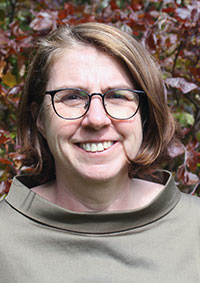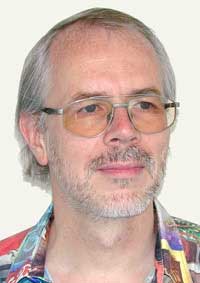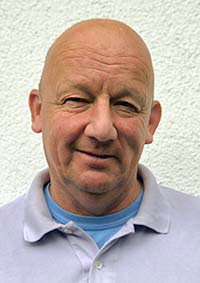Sedimentary Structures: Active Margins
Lecturers: Katrin Huhn-Frehers, Achim Kopf, Volkhard Spieß
Based on fundamental geoscientific knowledge on subduction zones, we now focus on the interplay between tectonic, seismic activity and mass transport processes at active convergent margins. This module combines two main objectives: (1) to gain a deeper insight into mass transfer processes and their manifestations at active convergent margins and (2) to introduce numerical simulation techniques and to have the ability to develop numerical models for various mass transfer scenarios at continental margins.
1) broaden and deepen knowledge of deformation and mass transfer processes at convergent margins; mechanics and dynamics of forearc regions
2) geotechnical characterization of marine sediments; lab techniques and interpretation
3) familiarization with geophysical, particularly reflection seismic, data interpretation
4) introduction and overview about numerical modelling techniques
Written exam
Klausur
1) Turcotte, D. L. & G. Schubert (2002): Geodynamics: Applications of Continuums Physics to Geological Problems. John Wiley and Sons, New York
1st SWS: Introduction: subduction zones - structure, mechanics, dynamics, Critcial Taper theory
2nd SWS: Repetition: Plate tectonics, structural geology; Overview of sediment dynamics and features at convergent margins
3rd SWS: Rapid sedimentary processes and their consequences: Landslides, megaturbidites, mud volcanism
4th SWS: Global mass balance at active margins: Erosive vs. Accretionary margins examples and governing factors
5th SWS: Terrestrial and marine processes controlling sediment delivery and transport
6th SWS: Exercise: Evaluation of geophysical data from an erosive continental margin
7th SWS: Structural disturbances due to mass wasting, seamount subduction and normal faulting
8th SWS: Exercise: Evaluation of geophysical data from an accretionary continental margin
9th SWS: Sediment mobilization, transport and recycling in accretionary systems
10th SWS: Overview about numerical simulation techniques: continuum vs granules
11th SWS: Introduction into theory, examples of various specific forearc models
12th SWS: Computer exercise - built your own model
13th SWS: Present your own model - discuss your model results
14th SWS: Written exam
Notebook-Pool
Basic Data
05-MMG-SS2-1
Study Program
Master Marine Geosciences
Module Name
Sedimentary Structures of Active Margins
Course Type
Lecture, Exercise (L+E)
First Year of Study
6 CP
4 SWS
Summer Term
Course Language
English
Contact Person

Dekanat
Prof. Dr. Katrin Huhn-Frehers
MARUM2 3040R
Phone: +49 421 218 - 65860
khuhn marum.de
marum.de
Dekanat
Prof. Dr. Katrin Huhn-Frehers
MARUM2 3040R
Phone: +49 421 218 - 65860
khuhn marum.de
marum.deLecturer

Prof. Dr. Volkhard Spieß
GEO 4550
Phone: +49 421 218 - 65370
vspiess uni-bremen.de
uni-bremen.de
Prof. Dr. Volkhard Spieß
GEO 4550
Phone: +49 421 218 - 65370
vspiess uni-bremen.de
uni-bremen.de
Prof. Dr. Achim Kopf
MARUM ZfT 5130
Phone: +49 421 218 - 65800
akopf uni-bremen.de
uni-bremen.de
Prof. Dr. Achim Kopf
MARUM ZfT 5130
Phone: +49 421 218 - 65800
akopf uni-bremen.de
uni-bremen.de
Prof. Dr. Katrin Huhn-Frehers
MARUM2 3040
Phone: +49 421 218 - 65860
khuhn marum.de
marum.de
Prof. Dr. Katrin Huhn-Frehers
MARUM2 3040
Phone: +49 421 218 - 65860
khuhn marum.de
marum.de
